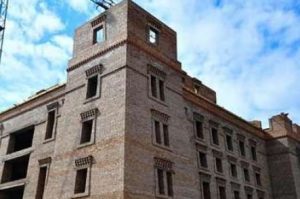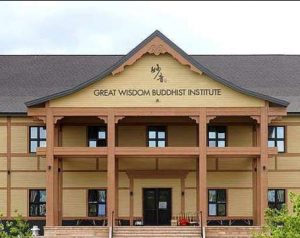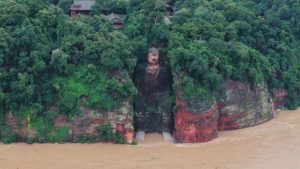
The Buddhist Digital Resource Center (BDRC), which has been working for more than 20 years to preserve, catalogue, digitize, and disseminate the literature of endangered Buddhist traditions, is poised to launch a brand new, updated website that makes these precious works freely accessible to all.
The BDRC’s new website, intended to serve as a digital resource for all three Buddhist vehicles—the Mahayana, Theravada, and Vajrayana—will feature an enlarged collection of Buddhist texts in Chinese, Pali, Sanskrit, and Tibetan, as well as advanced tools for searching the expansive library and viewing works. The new website can currently be previewed as a public beta release, with an official launch planned for 1 August.
“The new website is the result of more than three years of work by a team of practitioner-technicians assembled by BDRC,” said BDRC executive director Jann Ronis. “Zhejiang University’s Buddhist Research and Resource Center, directed by Prof. He Huanhuan, partnered with BDRC for much of this work. The goal of these efforts has been to completely rebuild BDRC’s online library into a platform for a vast and curated collection of Buddhist sutras in Sanskrit, Chinese, Pali, and Tibetan.” (Khyentse Foundation)
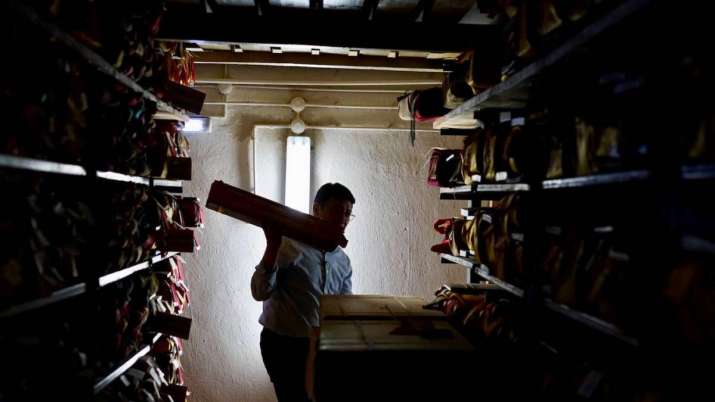
The superceded BDRC site will remain online for some months to allow time for users to familiarize themselves with the new library and to become comfortable with its updated interface and tools.
“We’ve been working behind the scenes to build an entirely new website and expand our online offerings through major digitization projects and partnerships with many digital collections that specialize in any of several traditions,” said Ronis. “This work was funded by The Robert H.N. Ho Family Foundation with a grant aptly titled the ‘Sanskrit Chinese Buddhist Library Network.’” (Khyentse Foundation)
The BDRC was founded in 1999 as the Tibetan Buddhist Resource Center (TBRC) by E. Gene Smith (1936–2010), a student of Tibetan Buddhism, literature, and history, of whom the renowned Bhutanese lama, author, and filmmaker Dzongsar Jamyang Khyentse Rinpoche said: “This man is a true bodhisattva. He has been such a valuable advisor, friend, and inspiration.” (Khyentse Foundation)
Headquartered in Cambridge, Massachusetts, the initiative was established with the objective of preserving, organizing, digitizing, and disseminating Tibetan literature. The project has resulted in an invaluable collection of digital texts that spans more than 1,300 years and includes philosophical and religious treatises, biographies, and works on alchemy, art, astrology, astronomy, folk culture, geography, grammar, history, poetry, and traditional medicine. Over its more than 20-year history, the TBRC has stood as an inspiring example of positive achievement through determination and vision.
In 2015, the TBRC expanded the scope of its mission to include a focus on textual sources from Central, East, and Southeast Asia particularly at risk of being lost in this era of socio-economic, political, and environmental instability.* To reflect the expanded reach of its work, the Tibetan Buddhist Resource Center announced the official change of its name to the Buddhist Digital Resource Center in 2017.**
“With the launch of the new website, BDRC instantly becomes one of the foremost digital libraries of Southeast Asian Buddhist texts as well,” Ronis explained. “Just as Gene Smith made it his mission to preserve the at-risk texts of the Tibetan tradition, BDRC’s current digitization priorities are to preserve texts in Southeast Asia that are in danger of damage due to poor storage conditions, neglect, and social disruption. To this end we recently began an ambitious project in Cambodia to digitize palm leaf manuscripts held in rural monasteries that survived the tumultuous 20th century. Filling in the gaps of other preservation efforts in Cambodia, BDRC has so far digitized more than 320,000 folia of manuscripts in that country. These texts in the Khmer script include numerous Pali works as well as thousands of rare texts of the Cambodian Buddhist tradition. The Khmer collection complements the more than 2.1 million folia of Burmese texts digitized by BDRC at the Fragile Palm Leaves archive, which are available on the new website.” (Khyentse Foundation)
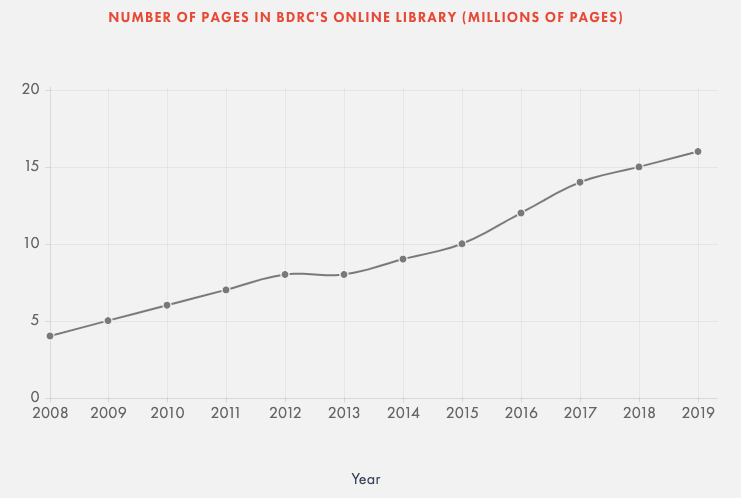
Since its establishment, the BDRC has assembled an online library that ranks as the most extensive single collection of Tibetan literature in the world. The project’s goal of digitally preserving the literature and culture of the Tibetan people has already had a profound impact on the future of Buddhism that has far exceeded the scope of its founding. Much of this work has been carried out with the support of the Robert H. N. Ho Family Foundation, the Gruber Foundation, and the Khyentse Foundation, a non-profit organization founded by Bhutanese lama Dzongsar Jamyang Khyentse Rinpoche.
“Khyentse Foundation and BDRC have been partners for almost two decades,” said the BDRC’s executive diretcor, Jann Ronis. “The heart connection between our two founders was established nearly 50 years ago. E. Gene Smith, the founder of Tibetan Buddhist Resource Center, lived in New Delhi from 1965–85. For much of that time, Gene’s palatial residence was a second home for Dilgo Khyentse Rinpoche and his retinue, which of course included Dzongsar Khyentse Rinpoche. Rinpoche has often recounted his fond childhood memories of Gene’s home.” (Khyentse Foundation)
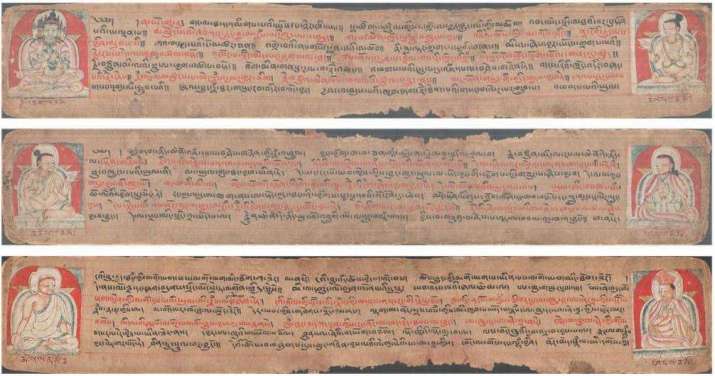
* Tibetan Buddhist Resource Center to Preserve Texts From All Buddhist Traditions (Buddhistdoor Global)
** Rebranded Buddhist Digital Resource Center Embarks on Ambitious New Mission (Buddhistdoor Global)
See more
Buddhist Digital Resource Center
Buddhist Digital Resource Center (Deprecated)
Buddhist Digital Resource Center (Facebook)
From TBRC to BDRC: A Brand New Buddhist Digital Library for All (Khyentse Foundation)
Khyentse Foundation
The Robert H. N. Ho Family Foundation





